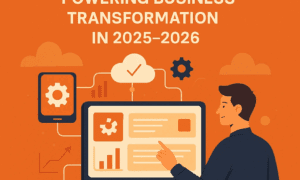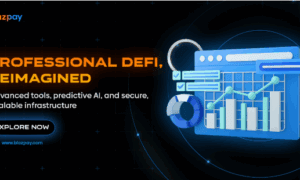The past decade has seen a bewildering growth of lifesciences industry. The ceaseless stride that medicine and biology has made over the past few years has led to an astounding growth of next-generation sequencing (NGS) data and datasets. Year-over-year, several countries have seen explosive growth of genomic data, pressing the need for high-performance computing (HPC) environments: public archives for sequencing data double every year. The market for bioinformatics services has gained a remarkable momentum over the years. Genomic researchers regularly immerse themselves in ultra-large-scale datasets, imparting abundant scope for multi-omics data analysis pipelines.
Strides in Computational Sciences Including Cloud Platforms Expand Capabilities
The array of bioinformatics services comprising chiefly of protocols, algorithms, and multi-omics data analysis pipelines have shaped the demands in the market. Service providers have expanded both the computational resources and the human expertise to meet a wide cross-section of demand emanating from sequencing and genotyping. They are forging contracts with clients for meeting the latter’s genome-wide data analysis through an assortment of microarray platforms.
Numerous advancements in computational sciences and hardware system have enriched the landscape in the bioinformatics services market, particularly computing resources. Various cloud-based services, notably SaaS, demand for bioinformatics services among bench biologists is a key trend bolstering the prospects. On-demand computing cloud platforms have risen in popularity, particularly useful in downstream analysis of these massive data. Improvisations have been made in the method used to share data across cloud platforms. Cloud computing itself has gone for a vast growth in their capabilities. Advances in semiconductor technologies have allowed service providers to expand the portfolio in benchtop next gen sequencing solutions.
Request Brochure for Bioinformatics Services Market Report
Integration of Parallel Techniques in Bioinformatics Pose Massive Challenge
The HPC infrastructure has undergone several changes that has made it easy integrate disparate platforms into one workflow. In this regard, integration of parallel techniques pose a considerable challenge, and hence also an opportunity for service providers and technology companies serving the needs of lifesciences industry. Thus, future product developments might focus on this aspect. Of note, software developers are relentlessly working on this. Further, service providers who have successfully kept a tab on next-gen sequencing data quality control have reaped significant competitive edge in the market.
In recent times, the focus of incumbent players notably service providers has shifted to meeting the need for customized bioinformatics pipelines. This is evident in gene ontology and cancer research.
Such functions had been there in previous versions, typically as user-defined pipelines functionality, but dedicated resources have become common in recent times. Reproducibility for research is another key aspect that will gain significance for clients of bioinformatics services providers. These advances must address the client-side and server-side demands, with added emphasis of simplification of HPC. Another trend is the growing demand for open-source software, which will spur the uptake of tools and microarrays in the bioinformatics services market.
TMR offers custom market research services that help clients to get information on their business scenario required where syndicated solutions are not enough, request for custom research report
Need to Make High-throughput NGS Platforms More Affordable
High-throughput NGS platforms have come to attract attention of clients who are financially sound. These show an incredible promise in understanding the various facets of the emerging disease biology. In particular, such solutions in the bioinformatics services market show great promise in omics profiling of individual patients. An important development in this direction has been incorporation of functions that do not require advanced software expertise by biologists and medical researchers. To this end, service providers seek advanced web-based analysis environment. The growing use of sequencing platforms for De novo sequencing is another trend.
However, there is a need to make it more affordable for small labs. This is likely to become more important than ever, given the trend of demand for personalized medicine making waves worldwide. Such developments are being fueled by advances in regulations for bioinformatics tools. A case in point is European Union. Such developments will gather momentum in other parts of the world as well.



































